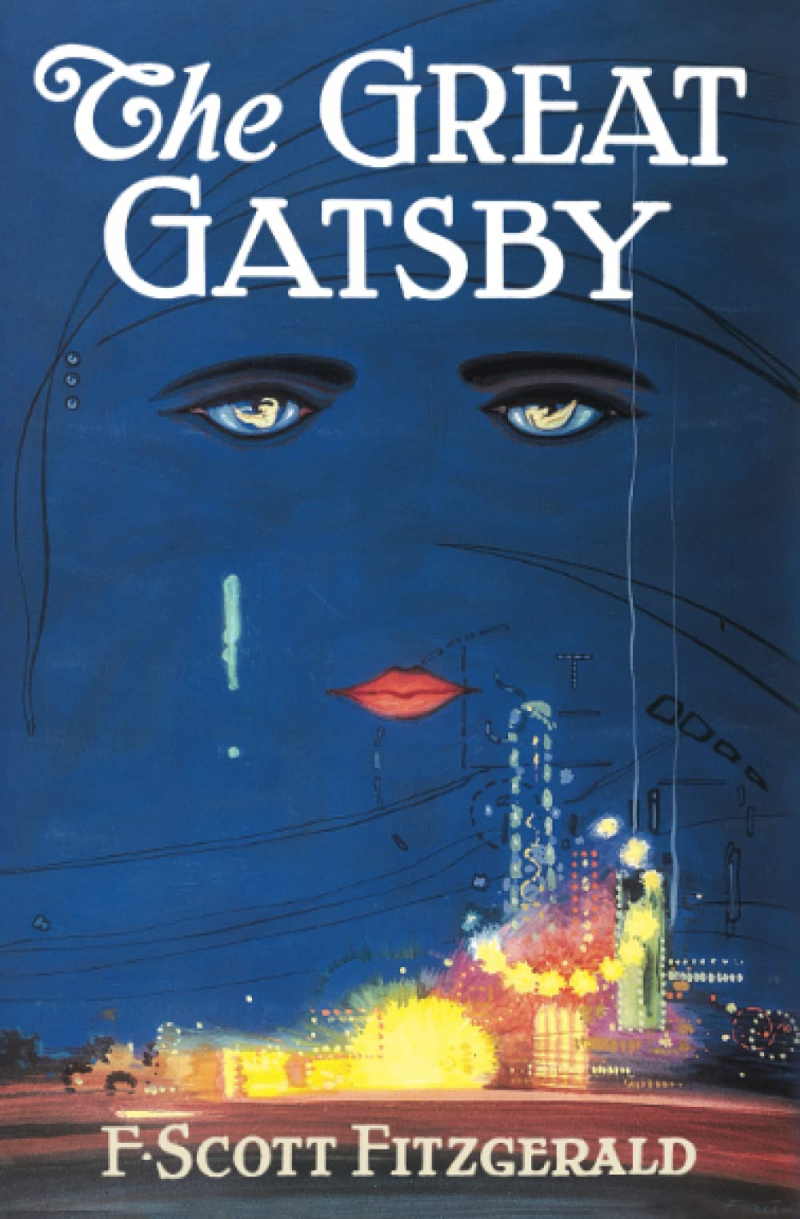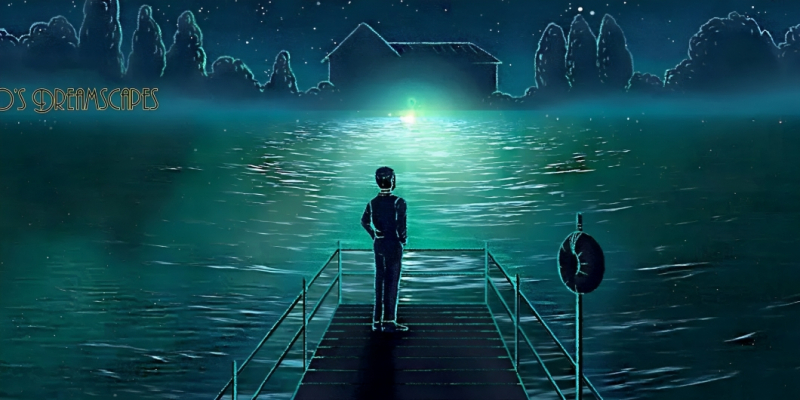The Role of Symbolism in 'The Great Gatsby'
In F. Scott Fitzgerald's "The Great Gatsby," symbolism is crucial in revealing the moral decay and elusive nature of the American Dream. This essay analyzes key symbols—the green light, the Valley of Ashes, and Gatsby's mansion—and their significance in the narrative.
First off, the green light at the end of Daisy's dock represents Gatsby's perpetual longing and the broader societal pursuit of the American Dream. It is a symbol of hope and aspiration. Yet its intangibility highlights the dream's inherent unreachability. In particular, the light's elusive nature reflects the unattainable goals individuals often chase, leading to inevitable disillusionment. Gatsby's infatuation with the light mirrors his obsession with Daisy, a love that is as distant as the light itself. This symbol critiques the illusion of the American Dream. It suggests that it is a flawed pursuit bound by materialism and idealism (Fitzgerald, 1925).
In contrast, the Valley of Ashes represents the grim reality beneath the era's glittering surface. It stands as a testament to the moral and social decay fostered by the reckless pursuit of wealth. The valley, with its industrial wasteland, is where the consequences of the characters' moral carelessness accumulate. The eyes of Doctor T.J. Eckleburg overlook this desolate landscape from a faded billboard. That symbolizes the omnipresent yet ignored ethical decay. These eyes, often interpreted as the eyes of God or the eyes of a morally bankrupt society, watch over a land where dreams turn to dust. They serve as a constant reminder of the ethical corruption overshadowed by the era's glitz and glamor (Fitzgerald, 1925).
Lastly, Gatsby's mansion is a symbol of his wealth, ambition, and the hollowness of the upper class's existence. On the surface, it represents Gatsby's success and his ability to attain the trappings of wealth. However, the mansion is more of a facade. It hides the emptiness of Gatsby's life. It embodies the superficiality of the American Dream, suggesting that even achieving wealth does not guarantee happiness. The parties at Gatsby's mansion, filled with guests who care little for their host, further illustrate the moral decay prevalent among the elite. This symbol critiques the hollow pursuit of happiness through material means and the isolation that often accompanies such a quest (Fitzgerald, 1925).
In conclusion, "The Great Gatsby" uses symbolism to provide a critical commentary on the American Dream and the 1920s moral landscape. The green light, the Valley of Ashes, and Gatsby's mansion are essential elements that contribute to the novel's thematic depth. Through these symbols, Fitzgerald critiques the era's materialism, moral decay, and the elusive nature of the American Dream.
Reference
- Fitzgerald, F. S. (1925). The Great Gatsby. New York: Scribner.












